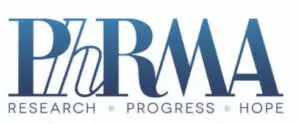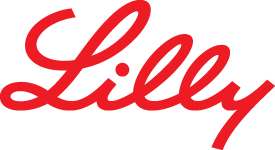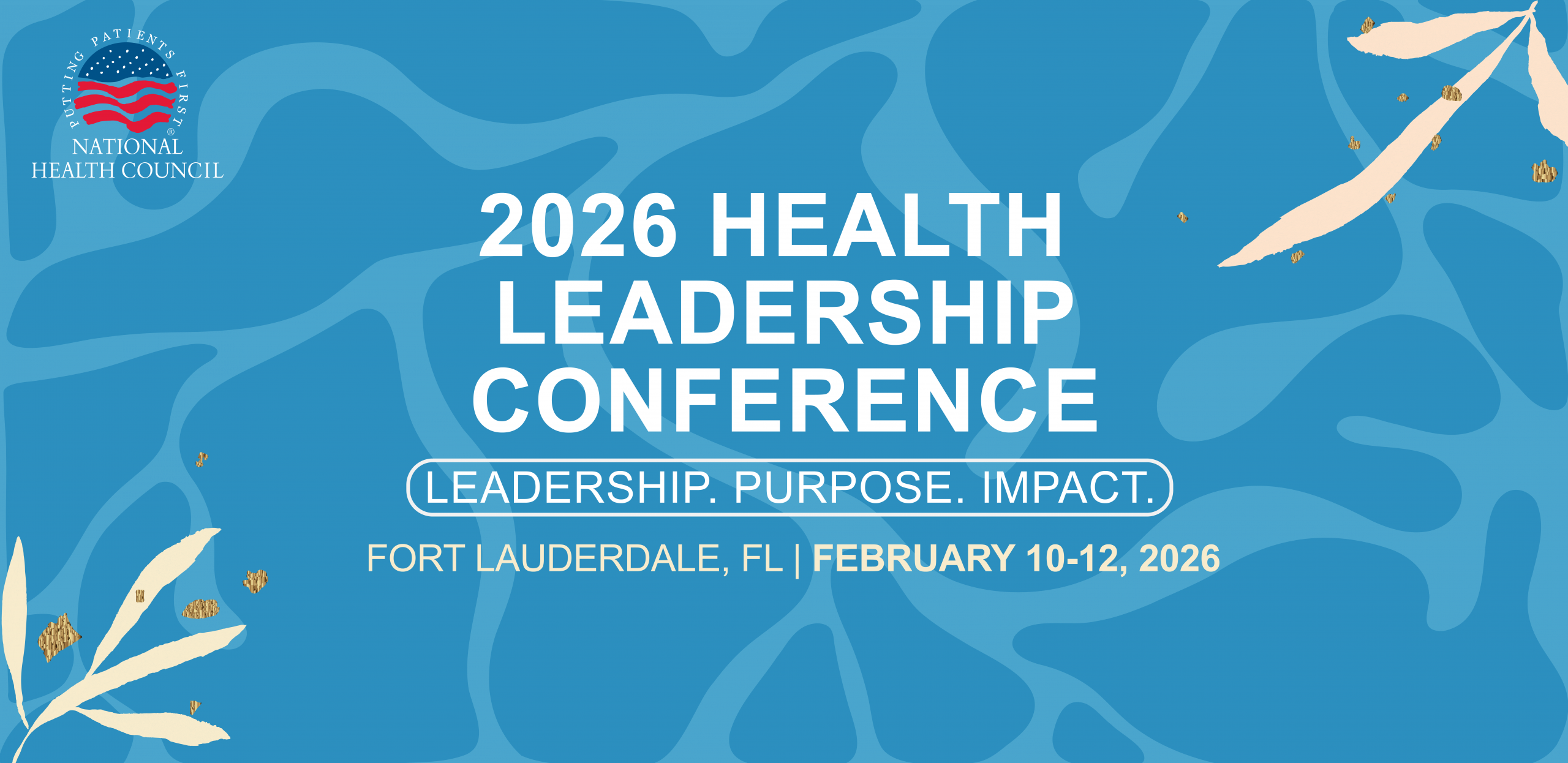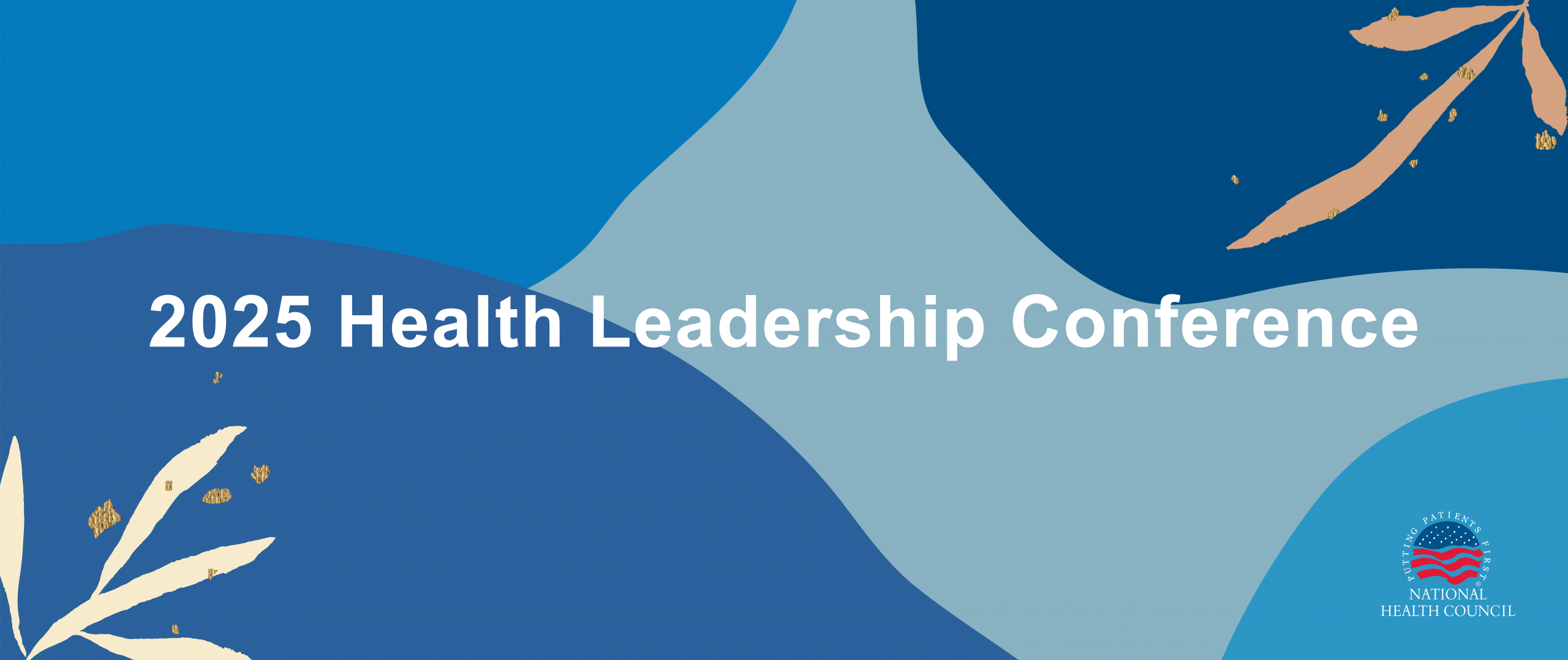
2022 Health Leadership Conference
- Event Date: May. 03 - 05, 2022
- Event Location:
In-Person
The 2022 Health Leadership Conference was in Coral Gables, FL on May 3-5. More than 125 attendees connected and learned from each other and leaders in organizational success, health policy, leadership, nonprofit trends, and much more. The following is a summary of each session.
View the full agenda here.
Tuesday, May 3
Opening Night Reception – NHC Family Reunion
Attendees were greeted by a salsa band, a Latin-themed buffet, and networked with colleagues and friends to kick of the 2022 Health Leadership Conference.


Wednesday, May 4
Opening Remarks and Conference Objectives
- LaVarne Burton, MA, President & CEO, American Kidney Fund; Chair, National Health Council Board of Directors
- Randy Rutta, MA, CEO, National Health Council
LaVarne Burton and Randy Rutta officially kicked off the Conference by welcoming the group back to the first in-person National Health Council (NHC) meeting since February 2020. Burton reflected on the events of the past two years and how they shaped planning for the Conference while Rutta provided an overview of the Conference agenda.
Building the Future of Health: An Equity Lens
- Dara Richardson-Heron, MD, Physician Executive/Patient Advocate/Executive Coach/Transformative Change Agent
- Introduction by Diana Gray, President & CEO, Hydrocephalus Association
Dr. Dara Richardson-Heron delivered an opening keynote that asserted health equity has still not been actualized. Root causes of health disparities include racism and discrimination and system and policy development. Dr. Richardson-Heron said that we are in “An Iconic Moment of Truth.” And that although as individuals we may not have a direct role to play in the foundation of the nation’s health care system, we can collectively help support that foundation when it begins to crumble. She also encouraged us to leverage our existing data and systems to do better and be intentional and purposeful with new ideas and partnerships to challenge colleagues on building an acumen of positive change in health equity.
Key Takeaways:
- Diversity in clinical trials is paramount.
- You cannot make equitable policies or proposals without recognizing the underlying causes and roots of the problems….racism and discrimination being at the top.
- Provider and institutional racism are drivers of health disparities.
- At the system and policy levels, there are structural drivers of health that lead to unequal power distribution.
- At the population and community levels, there are social drivers of health.
- At the health care system and organizational levels, there is inequitable access to health resources.
Dr. Richardson-Heron challenged and called each organization to action to do the following:
- Lead by example: Authentically demonstrate equity as a value in your own organization.
- Equitably allocate your time and resources to individuals and communities with the greatest needs.
- Claim your rightful place at the table and be IN ‘the room where it happens” and advance health equity.
- Meet your constituents wherever they are.
Where We’ve Been: Key Learnings from the Pandemic on Serving the Needs of Patients
- Calaneet Balas, MBA, MS, President & CEO, The ALS Association
- Schroeder Stribling, MSW, President & CEO, Mental Health America
- Gary Puckrein, PhD, President & CEO, National Minority Quality Forum
- Steve Taylor, MBA, President & CEO, Arthritis Foundation
This panel of patient group leaders discussed ways the pandemic caused patient organizations to fundamentally change to address the effects of pandemic-related challenges. While there were many challenges, there were some positive outcomes as a result.
Key Takeaways:
- During the pandemic there was increased isolation for people with already isolating disabilities and chronic conditions, including increased mental health concerns such as anxiety, depression, and alcohol- and drug-related death. It also caused drug supply and access issues and forced the patient community to engage on issues like drug supply chains for the first time. However, it also strengthened communities as we sought new ways to provide services.
- Additionally, new and different kinds of calls for help started coming including:
- More emergency calls from patients and families;
- More support needed for caregivers;
- Operations needed to shift to address new issues;
- Thirst for knowledge about new treatments the public didn’t understand (e.g., monoclonal antibodies); and
- Additional screening for depression and anxiety
- Going forward, the patient community needs to pressure FDA to keep moving forward to speed access and grow pipelines and reinforce our collective voices to government agencies such as the CDC. We also must ensure funding for science and treat mental health as a preexisting condition. As organizations, we need to keep our nimbleness and engage a more connected, empathetic staff.
Fueling Health System Transformation to Achieve High Quality, Equitable, Innovative, and Affordable Patient-Centric Care
- Elizabeth Fowler, PhD, JD, is the Deputy Administrator and Director of the Center for Medicare and Medicaid Innovation (CMMI) (Presenting Virtually)
- Introduction by LaVarne Burton, President & CEO, American Kidney Fund
Dr. Elizabeth Fowler provided background on CMMI’s establishment – that it was created to test payment models to reduce costs while improving quality. She articulated the Center’s five goals: driving accountable care, advancing health equity, supporting innovation, increasing affordability, and partnering to achieve system transformation. She stressed that CMS is striving for greater transparency by sharing data across the organization. Dr. Fowler also said that CMMI is working to streamline its portfolio, which she described as unnecessary complex with overlapping models.
Key Takeaways:
- Centering health equity – addressing social determinants of health, increasing beneficiaries from underserved communities, bringing in providers such as federally qualified health centers and analyzing new models.
- CMMI is looking for new strategies on patient and stakeholder engagement – topic focused listening sessions, distilling information, etc. She acknowledged that CMMI needs to do more. One attendee suggested CMMI look for forums such as the NHC to partner on patient engagement in addition to the CMMI sponsored roundtables.
- Long COVID-19 may not be ready for a payment model, but CMMI is partnering with other parts of HHS to examine the condition.
- Fowler said she hoped this is the first opportunity for engagement and not the last.
- Fowler suggested attendees check out CMMI’s new website that is easy to read and navigate, and provide feedback to CMMI.
Where We Are Now: Current Policy and Advocacy Landscape
- Kelly Brantley, MPH, Practice Director, Avalere Health
- Introduction by Jeff Todd, President & CEO, Prevent Blindness
Annual HLC favorite, Kelly Brantley, provided an overview of the health policy and political landscape, asserting that “there is always a swirl of health policy, and forces are stronger than ever.”
Key Takeaways:
- The Biden Administration is largely waiting to see what Congress does on a variety of issues such as drug pricing.
- There is strong Democratic agreement across some level of drug pricing priorities.
- Mental health is a heightened priority in the wake of the pandemic.
- Lawmakers face pressure ahead of the 2022 midterms to extend the enhanced ACA Marketplace subsidies.
- The looming end of the public health emergency creates policy pressures on both telehealth and Medicaid.
- Key transparency gaps exist that would benefit patients.
- The health ecosystem needs to make data more meaningful to help patients make decisions.
- The patient advocacy community needs to consider, assess, and engage on public policy that impacts their constituencies.
How NHC Strategic Priorities Inform Clinical Trial Improvement
- Leah Howard, Interim President & CEO, National Psoriasis Foundation
- Lilly Stairs, Board Chair, Autoimmune Association
- Pat Furlong, President & CEO, Patient Project Muscular Dystrophy (PPMD)
This panel of patient group leaders and advocates challenged attendees to consider what the NHC’s role is in patient engagement and recruitment of diverse patients into clinical trials. In the context of psoriasis and clinical trials, one paper looked at 400 dermatological studies between 2010 to 2020 and found that during that decade, the reporting increased for racial/ethnic minorities in the two 5 years cohort (2010-2015, and 2015-2020). However, only 12% of studies on psoriasis represent historically underrepresented racial/ethnic (HURE) patients. Overall, representation of HURE patients is low in clinical trials. For Duchenne, the percentage of recruiting diverse communities is low, especially in the African American community. To alleviate this, PPMD developed a community advisory board to inform diversity in clinical trials. Twenty-four different industry partners and help them with their patient informed consent, and a palliative care team is integrated into the consent process.
Key Takeaways:
- Patient advocacy groups are the table and platform to increase diversity and improve clinical trials.
- Representation matters, not just in the diversity of clinical trials, but also on partnerships and how to bring diverse and communities of color with subject matter expertise to the discussion. Just the word “trial” has negative connotation in marginalized communities.
- To reach rural populations one should:
- Dismantle linguistic barriers and use language that is understood by general audiences.
- Create remote trials. This way, patients do not travel long distances.
- Focus on reimbursement – do not call it compensation – for trial participation.
- Patient organizations must go out to communities of greatest needs.
The New Reality of Post-Pandemic Work, Workplace and Workforce
- KC Decker, Managing Director – Health Strategy & Analytics, Deloitte Consulting
- Jane Howze, Managing Director, The Alexander Group
- Moderated by Lisa Butler, Executive Director, GBS CIDP Foundation International
This panel of industry experts described how the market for employee recruitment and retention has fundamentally changed during the pandemic, and organizations need to adapt. Issues affecting workers include a decreased work force, which technology has helped, and burnout. Panelists suggested that to retain and increase talent, organizations need to analyze turnover and adapt and figure out what type of employee you want and why. Organizations should also look at unique factors to retain people such as the work environment, flexibility, training, and professional development opportunities.
Key Takeaways:
- Remote work can offer opportunities to recruit in different markets to save organizational resources.
- Be responsive to the specific talent you have and want.
- Develop new methods of management to support flexibility.
- Engage younger people in volunteer boards.
- Charge managers with diversity and hold them accountable.
- Nonprofit advantage is successfully marketing organizational purpose, which is key to attracting top talent.
Emerging Vision for Patient Organization Impact and Growth
- Oved Amitay, PhD, CEO, Solve M.E.
- Michael Osso, President & CEO, Crohn’s and Colitis Foundation
- Cyndi Zagieboylo, MA, President & CEO, National Multiple Sclerosis Society
This panel of leading patient group CEOs discussed the impact the pandemic had on their respective organizations’ impact and growth over the past two years. One organization took a declarative approach to sustaining the vision and mission of the organization post-COVID-19, developing a communication strategy to reach patients through health care providers for consistent messaging. One organization adopted a new area of focus, Long COVID, to its organizational mission. For organizations that developed strategic plans at the onset of COVID-19, the pandemic provided an opportunity to realign focus and engage partners and members on how to achieve that plan.
Key Takeaways:
- For an organization to move forward in the midst of a crisis, groups must carve time out to manage crises and develop strategies on how to best survive as an organization. Often, these challenges are unprecedented but patient group leaders must be ready to tackle any challenges ahead.
- Patient groups must stop working in silos and become collaborative post-COVID-19.
- Patient groups must mine their budgets and deepen engagement of members and those served by the organization.
- Organizations should attend to governance policies as the heart of reputation management for their group.
Partner Networking Reception
Attendees wrapped up the day by connecting with those they met throughout the day to network and discuss topics of mutual interest.
Thursday, May 5
Opening Remarks
- Randy Rutta, MA CEO, National Health Council
Randy Rutta opened the final morning of the conference with a summary of the previous day and opened the floor to attendees to provide comments. Randy also introduced the newest member of the Board of Directors, Eric Racine, PharmD, MBA, Vice President & Head of US Public Affairs and Patient Advocacy, Sanofi, and newest organizational member VHL Alliance, represented by Chandra Clark, MEd, Executive Director.
Interpreting the Landscape for Nonprofit Health Organizations
- Allison Grayson, MPP, Director Policy Development and Analysis, Independent Sector
- Introduction by Sue Peschin, MHS, President & CEO, Alliance for Aging Research
Allison Grayson identified key highlights of Independent Sector’s recent 2021 report, Health of the U.S. Nonprofit Sector. She covered what was learned, best practices, strategic areas of change, the financial landscape, policy levers, and reputation from a donor perspective.
Key Takeaways:
- Nonprofit recovery from the impact of COVID-19 has been slower.
- Forty percent of nonprofits saw revenue decrease.
- Small and Black, Indigenous, People of Color (BIPOC)-lead orgs struggled to adapt.
- Financial resources held steady in 2021 but did not keep pace with the economy.
- Donors shifted to pandemic-related causes in 2020, with well-known organizations being the prime recipients.
- Nonprofit sector jobs are not expected to reach 2019 levels until Fall 2022; health organizations are recovering slightly faster.
- Three-quarters of nonprofit employees are women and felt the brunt of COVID.
- There was a slight loss of public trust in nonprofits, and trust is codependent with giving, volunteering, and advocacy.
- Voters mobilized by nonprofits are more likely to be people of color, poorer, and younger.
View slides here.
Attendees “Show & Tell”
Moderated by Kenny Mendez, MBA, President & CEO, AAFA, and Sue Sherman, CEO, The LAM Foundation, attendees signed-up to have five minutes to enlighten colleagues with success stories, “ah ha” moments, emerging best practices, pitfalls, partner opportunities, and other news to inform and inspire.
Topics shared included:
- BIO, representing 900 companies in the biotech space, is hosting its annual international convention, June 13-16 in San Diego.
- A patient group CEO gave a moving presentation about personal struggles experienced during the pandemic. She described how 2020 was a year of leadership struggles. Through partnership with her board chair and intensive executive coaching, she was able to thrive and rebuild trust with the organization’s leadership team. It was hard, messy work. And it was needed to serve the mission.
- A patient group CEO discussed strategic planning during the pandemic, which was an opportunity to reassess, regroup, re-energize, and “right” one organization. Kept the new strategic plan shorter and more realistic (little “t” transformative).
- A patient group Board member discussed its strategic planning process, which was all about dynamic scenario planning, commenting that “contingency planning” is too negative. They suggest looking for dynamic funding and ensuring strategic planning is upheld and used as a guiding document to the success of an organization.
- The CEO from a rare disease patient group promoted its new shared office spaces, RareHub, in Washington, DC, encouraging attendees to attend an Open House on June 7.
- The Immunocompromised Collaborative was featured by the leader of a patient group. The speaker also mentioned the organization’s Plasma Heroes social media campaign focused on plasma patients and plasma donations with the goal of preventing shortages.
- One group discussed how it is working as a learning lab to bring patients into the discussion of the value of treatments.
- A minority-focused nonprofit described how they are leading a collective effort to battle misinformation through For Your Health News fyh.news, an aggregated news feed, filtering accurate health information for the general public, especially for minority and rural communities.
The Future of Health and Medicine – Embracing Disruption, Technology, and New Pathways for Optimizing Patient Health
- Daniel Kraft, MD, Chair, XPRIZE Pandemic Alliance Task Force
- Introduction by Lisa Simpson, MB, BCh, MPH, FAAP, President & CEO, AcademyHealth
In his closing keynote, Dr. Daniel Kraft challenged NHC members to disrupt the business models through innovative approaches. He advocated that we need to be more continuous with our data and be more proactive than reactive to anticipate diseases and treatment options. He focused on four key areas:
- Health and disease prevention
- Technology has revolutionized the way we can prevent and treat diseases. For example, mobile devices have been democratized to change medicine and patient empowerment.
- Close the gap: from data to utility
- Xprize COVID-19 pandemic task force
- Social determinants of health and the digital determinants of health play a major role in health outcomes. We must leverage digital technologies to achieve optimal health.
- Diagnosis
- Imaging technologies and artificial intelligence (AI)
- Enabling the patients and caregivers to diagnose at home is becoming more relevant. Ex: AI powered consumer ultrasound.
- Digitizing genomics.
- From genome to proteonome, microbiome, home exposuriome, etc.
- Therapy
- Drug delivery and increasing adherence.
- Virtual visits and telemedicine.
- Digiceuticals: prescription of digital technology to treat various conditions.
- Digital.Health. Website will be launched in a month on various digital modalities for an array of health conditions.
- 3D printing in health care
- Discovery
- Reinventing clinical trials that can become remote
- Crowd-sourced data and maps for patient populations
- com-crowd sourcing platform
Key Takeaways:
- You want to be the disrupter not the disrupted.
- Engage patients in owning their data.
- Take exponential steps…the future is already here; it’s just not evenly distributed.
Closing Remarks: A Call to Action
- LaVarne Burton, MA, President & CEO, American Kidney Fund
- Randy Rutta, MA, CEO, National Health Council
LaVarne Burton and Randy Rutta closed the Conference by thanking attendees for an inspiring and uplifting gathering and thanked event sponsors, meeting organizers, and staff.
Sponsors
Platinum




Gold





Silver


Bronze




